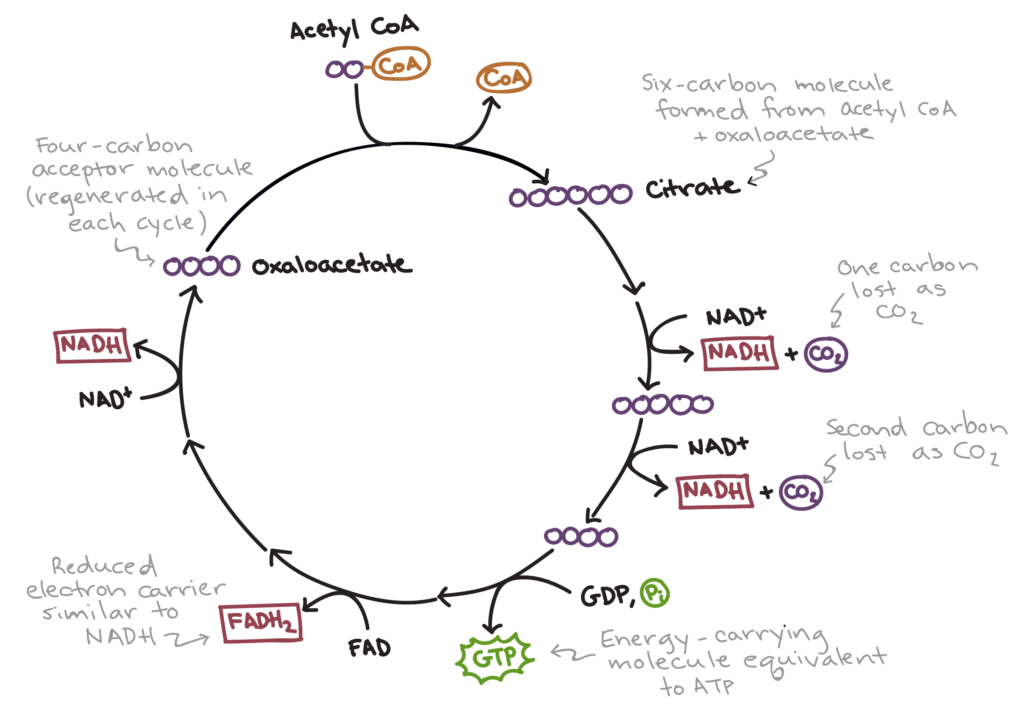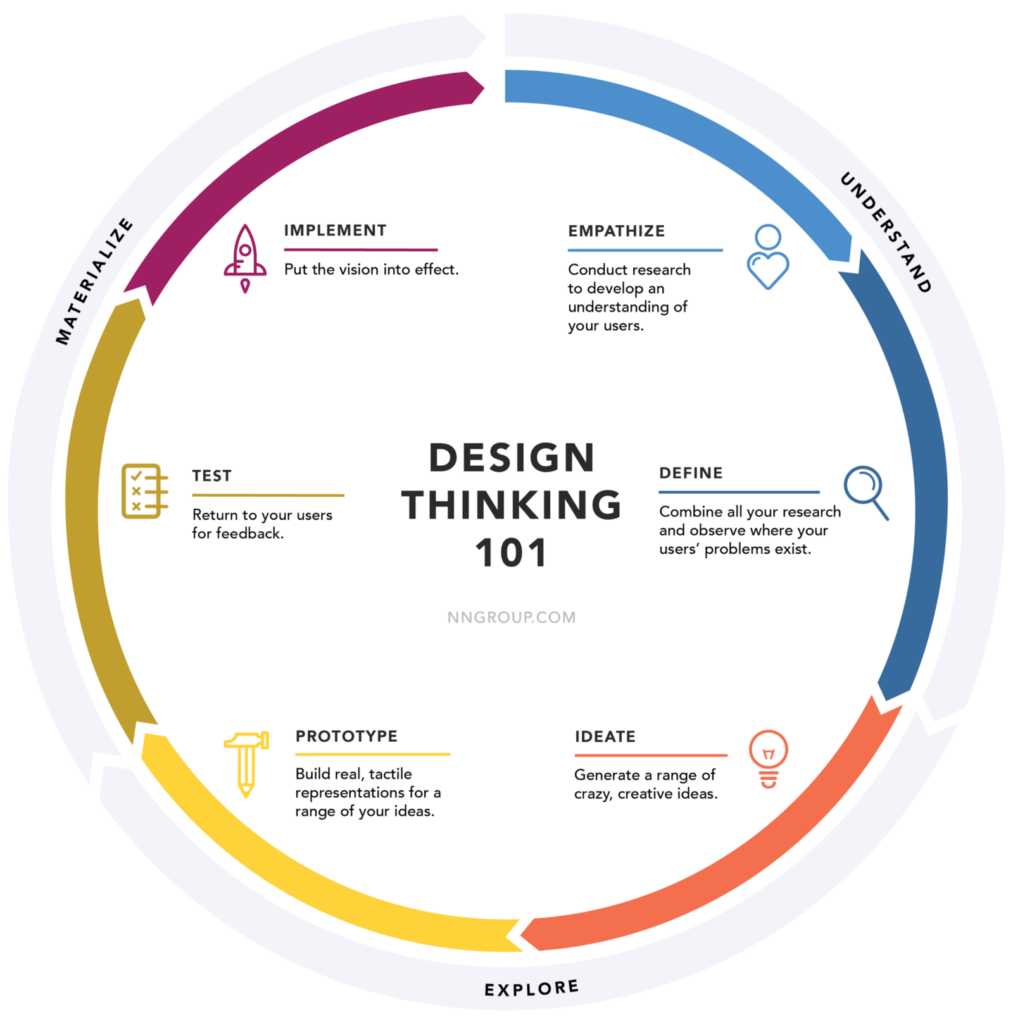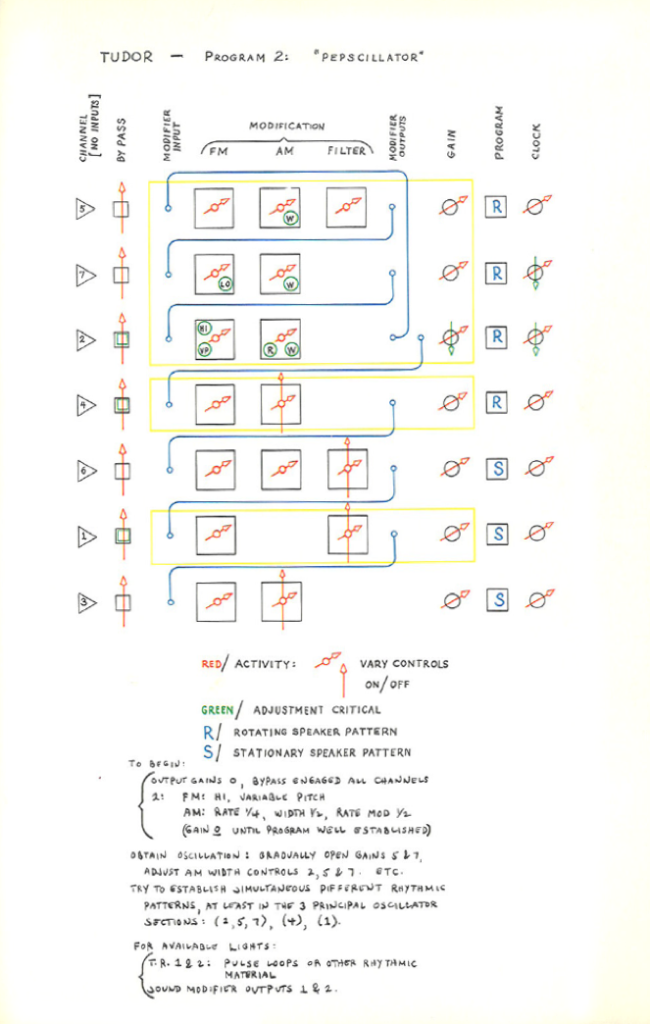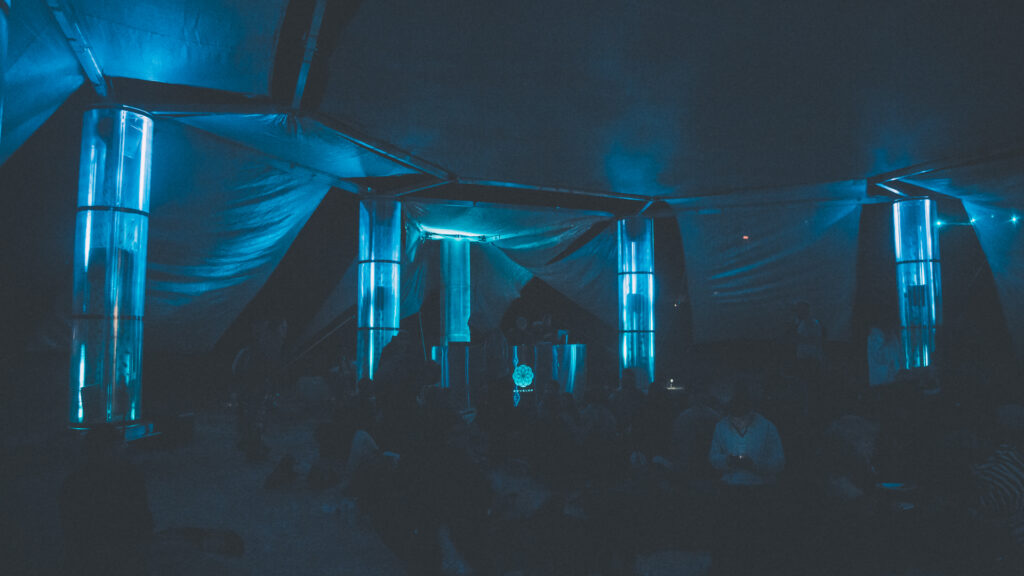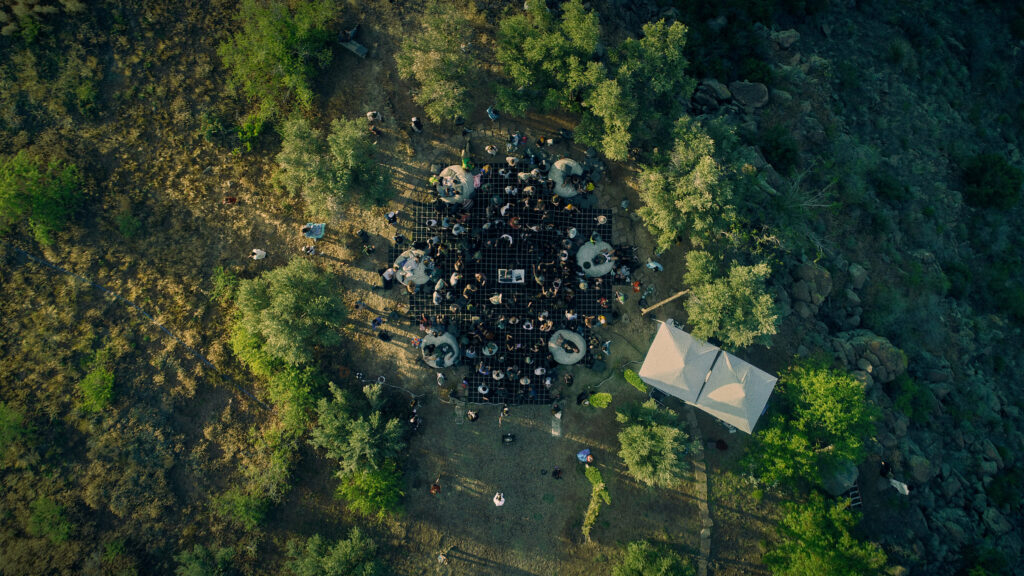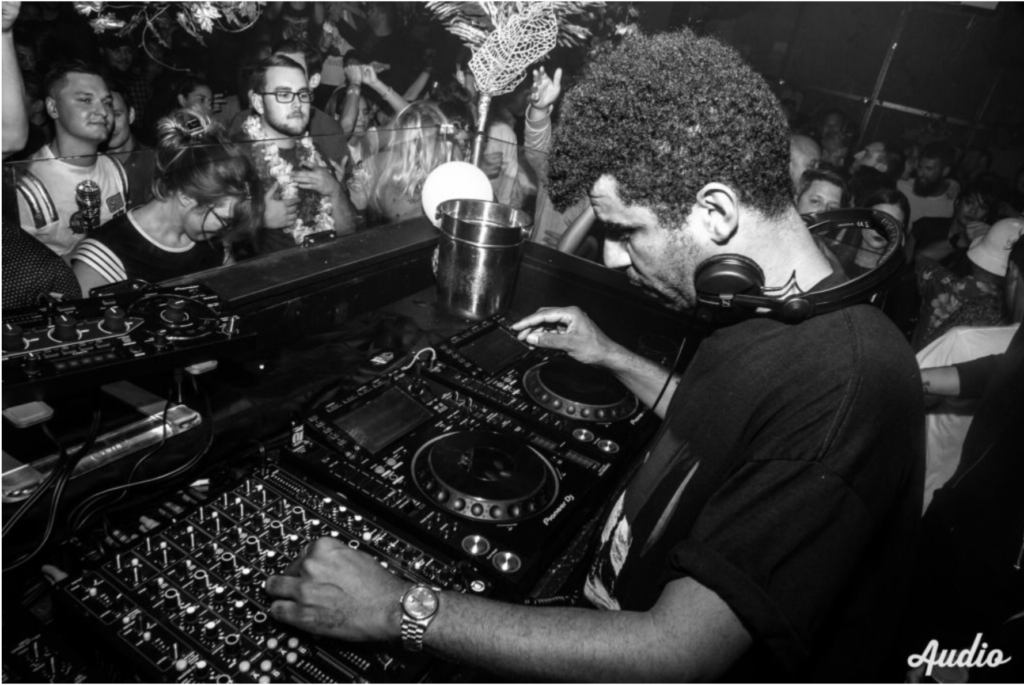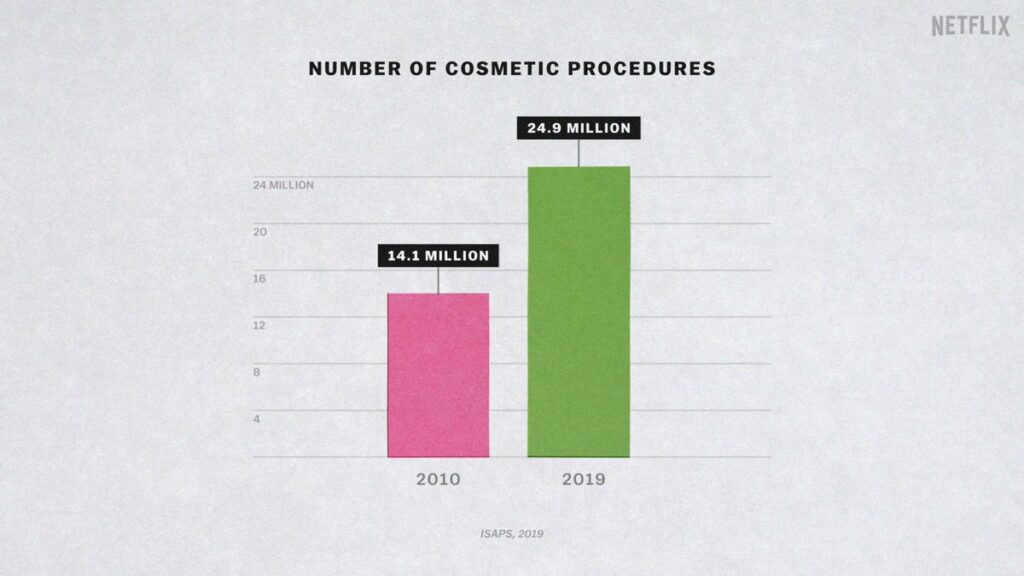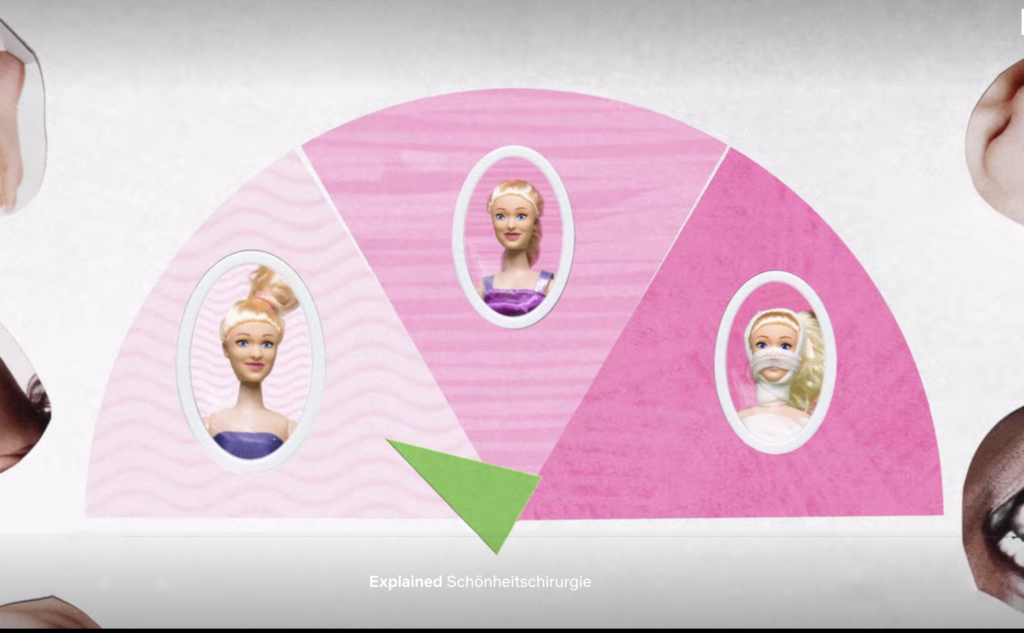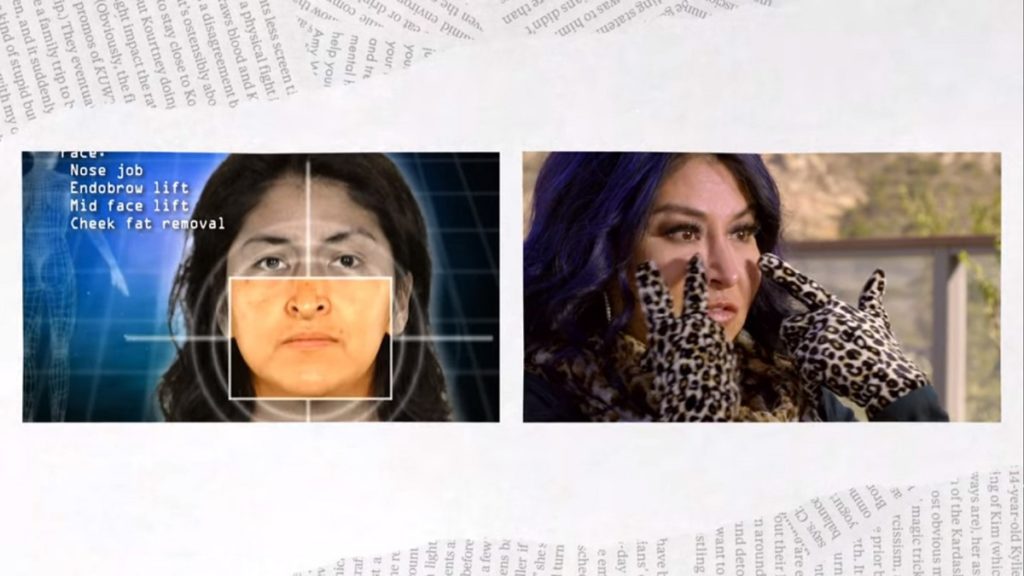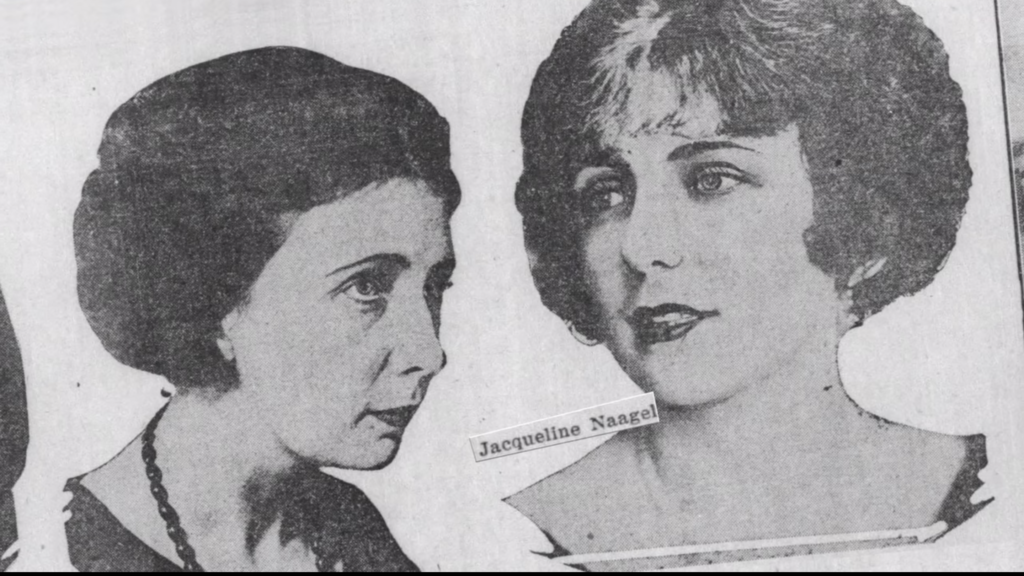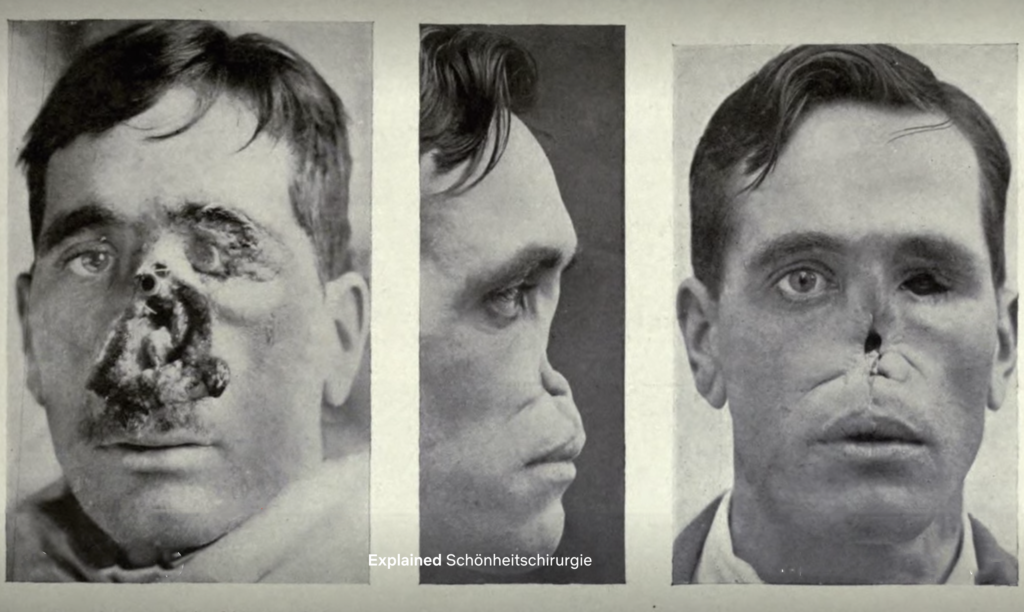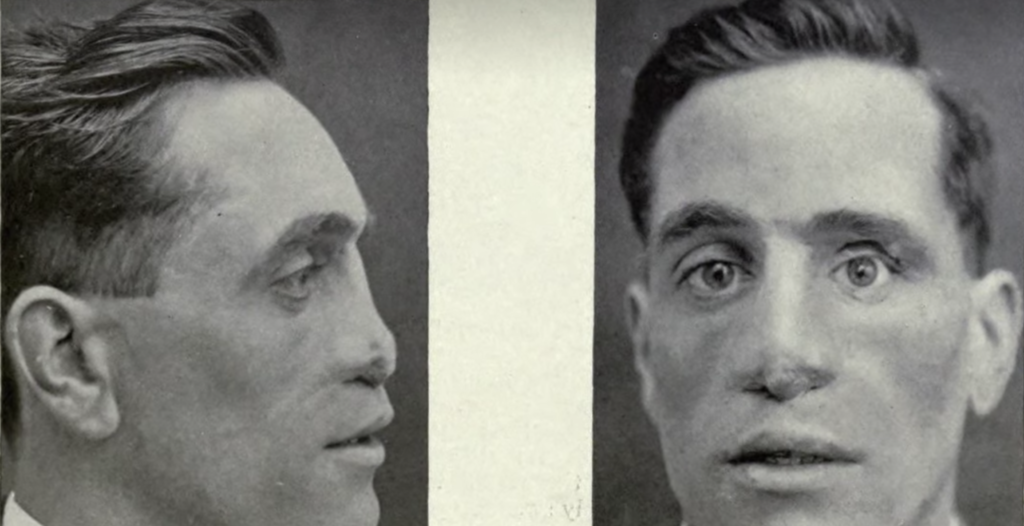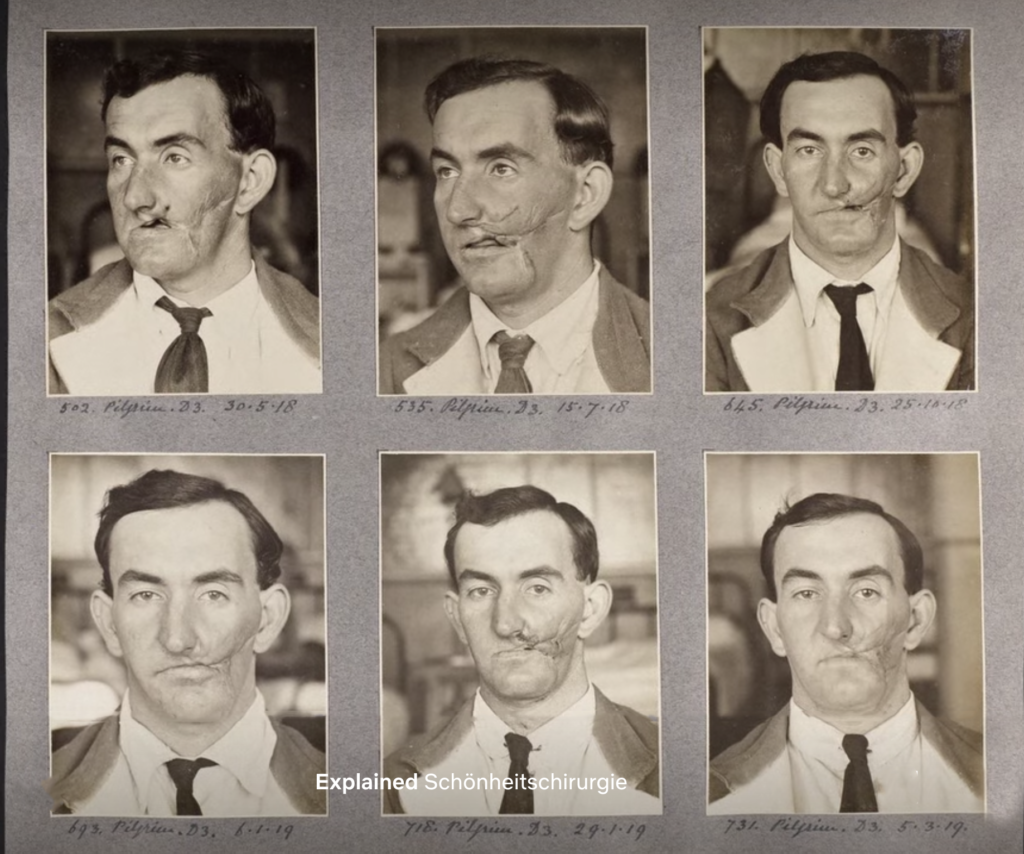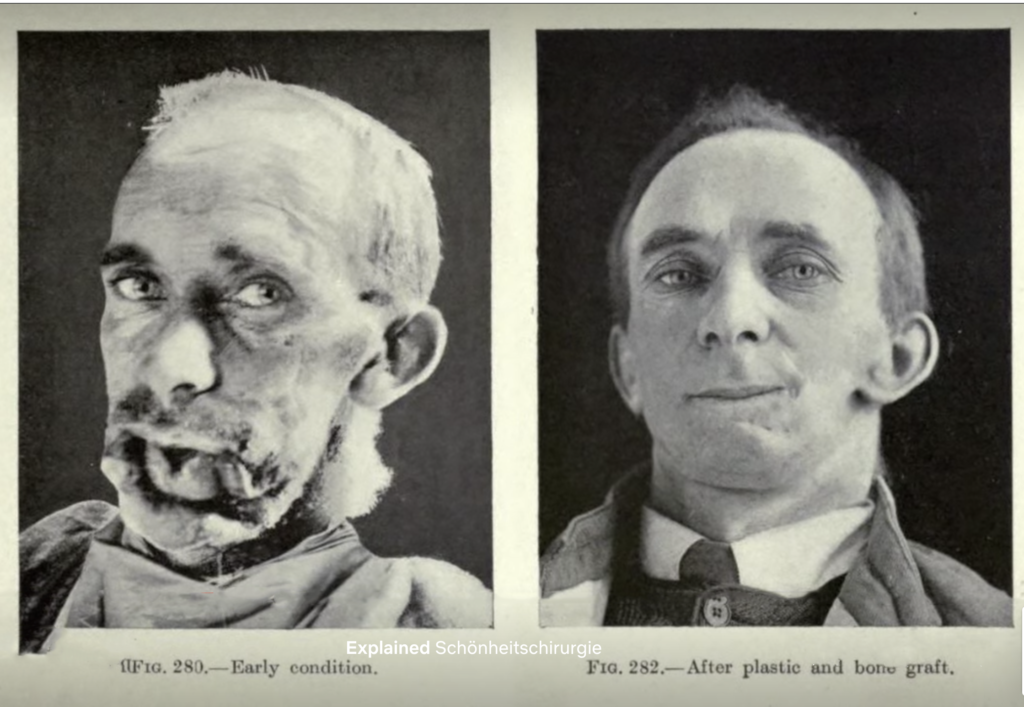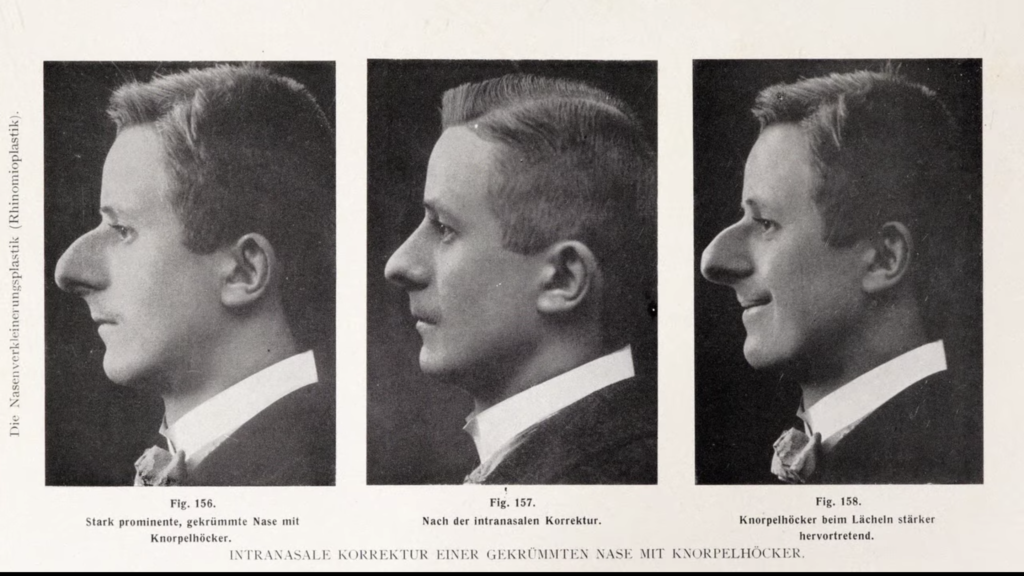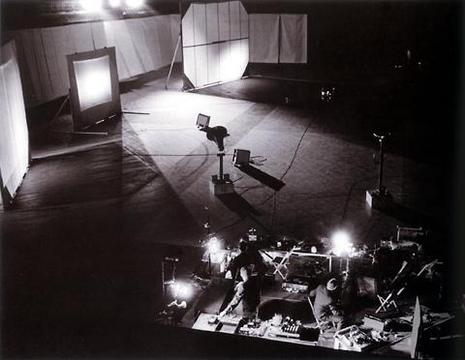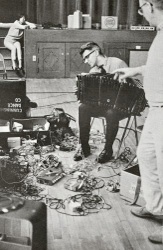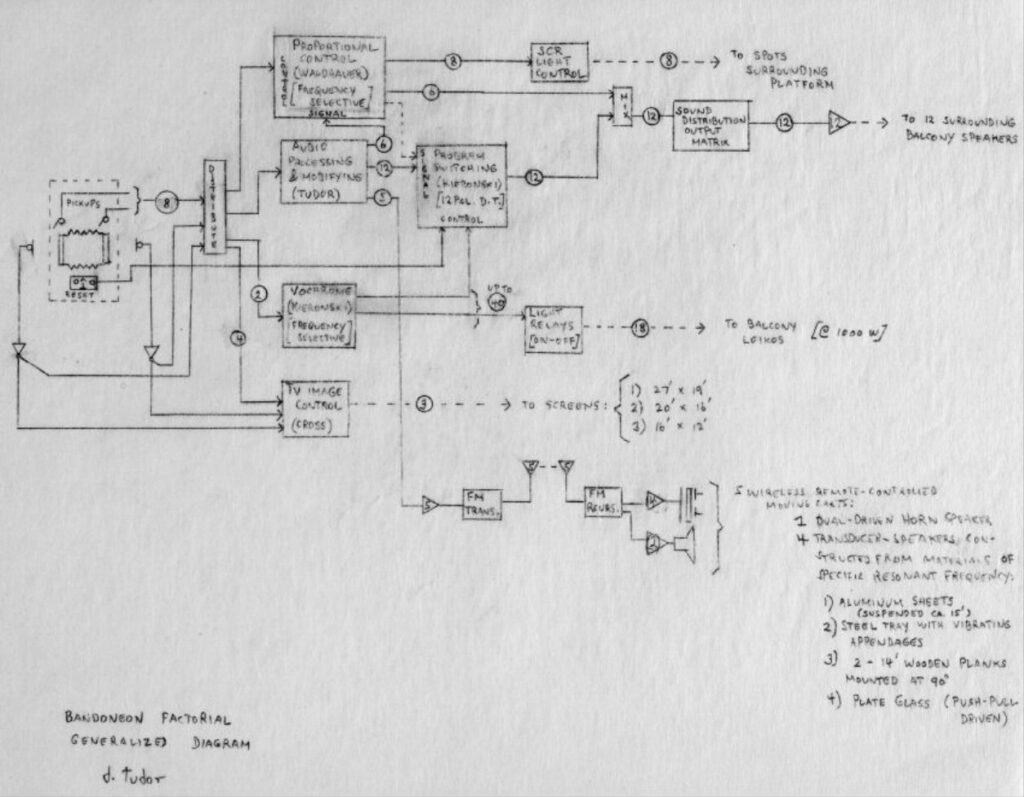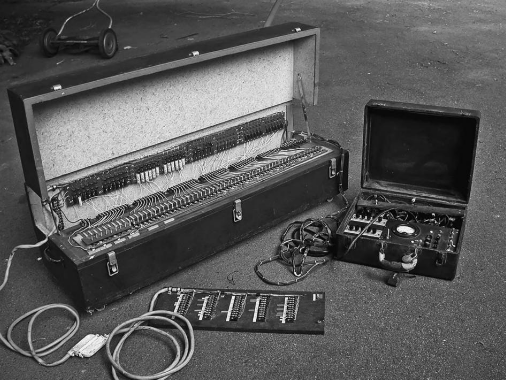Der Choreograph und Tänzer Merce Cunningham gründete 1953 die Merce Cunningham Dance Company, die eine große Rolle in der Welt der performativen, modernen Kunst spielten. Weltweiten Erfolg erlangte die Tanzgruppe vor allem 1964 bei der sechsmonatigen Welttournee. Die Merce Cunningham Dance Company gab bis 2011 Aufführungen. 2 Jahre zuvor ist Merce Cunningham im Alter von 90 Jahren verstorben.
Die Werke der Tanzgruppe beinhalten eine Kombination verschiedener Medienformen, wie Fotografie, Film, Klang und natürlich der Live-Performance. Für dieses Projekt waren John Cage und David Tudor involviert als Komponisten. Die Kompositionen David Tudors für die Tanzgruppe basieren vor allem auf der Verwendung experimenteller elektronischer Elemente.
Eine der bekanntesten Werke, das David Tudor für die Merce Cunningham Dance Company vertonte, ist das im Jahre 1968 veröffentlichte “RainForest”. Für das Bühnenbild wurde Andy Warhols Installation “Silver Clouds” verwendet. Das sind silberne, mit Helium gefüllte Kissen, die in der Luft hängen und zufällig angeordnet sind. Während der Aufführungen verhielten sich die Kissen oft unberechenbar. Im Werk “RainForest” gibt es an sich keine Handlung, die Dramaturgie wird stattdessen durch die gesamte Atmosphäre geschaffen. Die Musik besteht aus elektronischen Klängen, Vogelgezwitscher und anderen Klängen von Tieren. Auch wurden verschiedene Objekte wie Tassen, Krüge, Vasen usw. zur Generierung von Klängen verwendet.
David Tudor komponierte zum einen die Musik für einige Werke, gleichzeitig entwickelte er aber auch Systeme, die das interaktive Zusammenspiel der Tänzer mit der Musik ermöglichten. Im Werk “Variations V” entwarf Tudor zusammen mit Cage ein System, das den ausführenden Tänzern mithilfe von Lichtschranken ermöglichte, unterschiedliche Klangerzeuger zu steuern. Zusätzlich wurden Antennen auf der Bühne verteilt, die weitere Klänge steuern und manipulieren, sobald die Tänzer sich den Antennen nähern. Desweiteren wurden alle Requisiten elektronisch vernetzt, sodass auch diese Klänge generieren konnten. Damit wollten Tudor und Cage das standardmäßige Verhältnis, bei welchem der Tanz auf Musik folgt, aufbrechen und die Musik abhängig vom Tanz machen.
Weitere Werke:
Quellen:
https://www.staatsoper.de/biographien/cunningham-merce
http://www.see-this-sound.at/werke/189.html
https://www.mercecunningham.org/the-work/choreography/rainforest/
